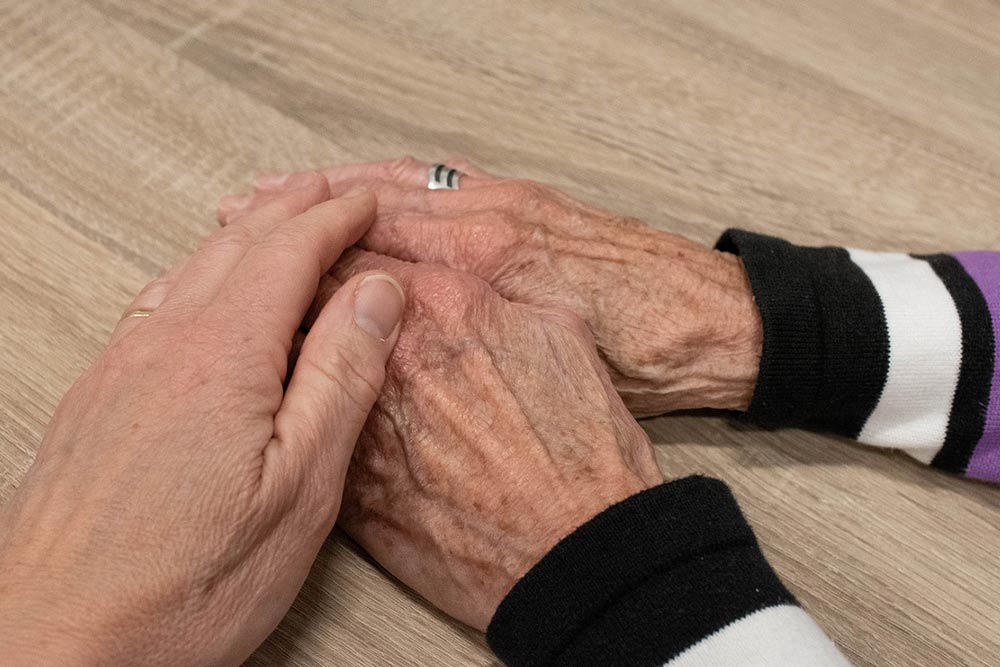Dysthymia: what is it?
Dysthymia symptoms and treatment. Dysthymia is a persistent depressive disorder. It is a depression that becomes chronic, lasting in older people for a long period of time (years).
In addition to the name of dysthymia, this condition also has other names:
Minor depression: The word “minor” specifies that its symptoms are of less force than those of the common depression.
Chronic depression: Based on the duration of the illness. However, this term does not mean that as a chronic it cannot be mitigated.
Causes of Dysthymia
The appearance of dysthymia is not associated with a specific cause, but can be associated with many different risk factors and multiple different causes. Among them, the following stand out:
Experience of an episode of great stress or anxiety A traumatic event, like for example the mourning for a deceased relative, can trigger in a chronic depressive disorder.
Health problems of another nature. The appearance of diverse conditions characteristic of the age can cause in our relative a persistent feeling of pessimism and low motivation in front of the life.
The lack of physical and psychological activity causes older people a feeling of neglect and loss of hope for the future that progressively undermines their self-esteem.
Loneliness. Loneliness is the main cause of many of the mood problems of older people. Faced with this feared situation, our elders feel a deep sense of sadness and abandonment.
Dependence. There is a close relationship between functional dependence and dysthymia as the person feels worthless and as a burden to those around him.
Certain composition of chemical substances of the brain. Several studies have determined that the alteration of these chemicals, such as serotonin (a substance that helps the brain control emotions and make decisions), may be the main cause of the appearance of dysthymia.
Genetics. Dysthymia usually affects more people with a family history of the disease.
Dysthymia symptoms
Dysthymia is not easy to diagnose because sadness is not its main symptom. In the case of older people, the symptoms are usually less obvious than those of depression. In addition, on many occasions, our family members do not want to talk about their feelings, which makes it difficult for us to know exactly what is wrong with them.
To determine if our family member may suffer from dysthymia, the symptoms we can observe are the following:
Lack of interest in daily activities.
Apathy.
Fatigue and lack of energy, both mental and physical.
Difficulty sleeping.
Hopelessness about the future.
Excessive irritability.
Constant melancholy and sadness. Feeling of emptiness.
Low self-esteem.
Difficulty concentrating and remembering certain episodes or recent events.
Difficulty in making decisions.
Social isolation, decreased social interaction.
Difficulty experiencing pleasure or enjoyment.
Lack or excess of appetite.
In relation to these multiple symptoms, we must take into account that they usually appear and disappear during years and their intensity can change with time. However, the symptoms usually do not disappear for more than 2 months.
Difference between dysthymia and depression
Depressive dysthymia and major depression have some small differences that make them not the same disease and can be confused between them.
The main differences between dysthymia and depression are as follows:
Symptoms: In dysthymia, the symptoms do not present themselves in such a clear and forceful way as in depression.
Intensity: The intensity level of dysthymia is lower than that of depression.
Affect on daily life: Since symptoms develop more abruptly in depression, it affects daily routine more than dysthymia.
Type of treatment: While depression requires primarily pharmacological treatment, dysthymia is usually less invasive and based on psychological therapy.
Duration: Depression lasts for a limited and limited time. However, dysthymia is sustained on an ongoing basis, thus acquiring the label of chronic dysthymia.
Dysthymia symptoms and treatment: DiagnosisTest
In order to make a primary and quick diagnosis of the possible existence of dysthymia, a test is performed that contains questions about different aspects of the person’s behavior and daily life.
The most characteristic questions are the following, to which the patient must respond with a score from 1 to 5 where 1 is equivalent to “totally disagree” and 5 to “totally agree”:
- I have been having difficulty sleeping for months
- I look to the future with little hope and despair.
- I have self-esteem, I feel good about myself.
- I am continually irritated or angry.
- I feel a sense of persistent sadness, without experiencing any positive feelings.
- I have an excessive appetite or nothing at all.
- I find myself always tired, without energy.
- I have difficulty concentrating or making decisions.
- I have an active social life, I like to relate to others.
- I feel incapable of performing the activities I used to do
After the test, the specialist will evaluate the need for other medical tests. This is in order to determine if the ailment our family member suffers from is dysthymia or if it is another disease of a depressive nature.
Dysthymia treatment
If dysthymia symptoms are not diagnosed and subsequently treated, it can lead to depression. To the question of how dysthymia is treated, specialists have determined that it is possible to adapt a treatment to each specific case. This consists of two aspects: pharmacological treatment and psychotherapy.
Medication to treat dysthymia
As it has been pointed out in previous lines, one of the main causes of the appearance of dysthymia is the alteration of serotonin. This is a neurotransmitter that directly affects the state of mind. Therefore, the medicines prescribed are usually certain antidepressants. These help control the activity of serotonin in order to stimulate its optimal functioning.
The medication will be prescribed to be taken continuously, so that the patient will have to carry out a continuous medical follow-up to analyze the evolution of this depressive illness.
Psychotherapies to combat dysthymia
Psychotherapy consists of our family member talking to a mental health specialist about what he or she is feeling and what is happening to him or her.
Types of psychotherapy include the following:
Psychoanalytic therapy: In this therapy, both the specialist and the patient will understand the psychological causes and the personal experiences that have led the patient to this situation. Through this therapy, our family member will be freed from past and present burdens that do not allow him/her to move forward.
Compassion therapy: When our family member does not accept themself or the life he currently has, this is the most appropriate therapy. With it, they learn to feel satisfied with the new stage of life in which they find themselves.
Cognitive-behavioral therapy: It helps our family member to generate new behaviors and develop diverse activities to counteract discomfort and discouragement. With a proposal of activities aimed at increasing motivation, it will strengthen their confidence and self-esteem.
Internal family systems therapy: Its mission is to help the family member relate to himself in a harmonious and loving way. It aims to make the patient look inside himself to observe his large internal family (thoughts, sensations, images, illusions…). The approach is to start from this family. This is in order to repair the vulnerabilities and problems that the depressive process can cause.
Pleasant activities to increase their well-being and quality of life can complement the psychological treatment.
With regards to dysthymia symptoms and treatment, unfortunately, few people are cured. But, this does not mean that the patient cannot improve and lead a normal life.
Thanks to the treatment, the symptoms of dysthymia can be mitigated to the point of being almost unnoticeable.
However, it is important that the patient has a continuous follow-up by both the specialist and the family itself. Just because the symptoms disappear over a period of time does not mean that the disease has.
How to prevent dysthymia
Conditions of a depressive nature can be prevented by reducing their major risk factors. The three substantial guidelines for preventing dysthymia are
Avoid loneliness. There is no worse feeling for our elders than loneliness.
Follow a routine based on physical and psychological activity.
Maintain a balanced diet that contains sufficient nutrients.
The attention of a professional elder care provider can provide the joint fulfillment of these three aspects. Their company, attention and care will reinforce the security of our family member. It will allow them to enjoy a stable well-being and prevent them from suffering physical and psychological ups and downs. We at Nomenial hope that you find this information about Dysthymia symptoms and treatment informative and helpful.







